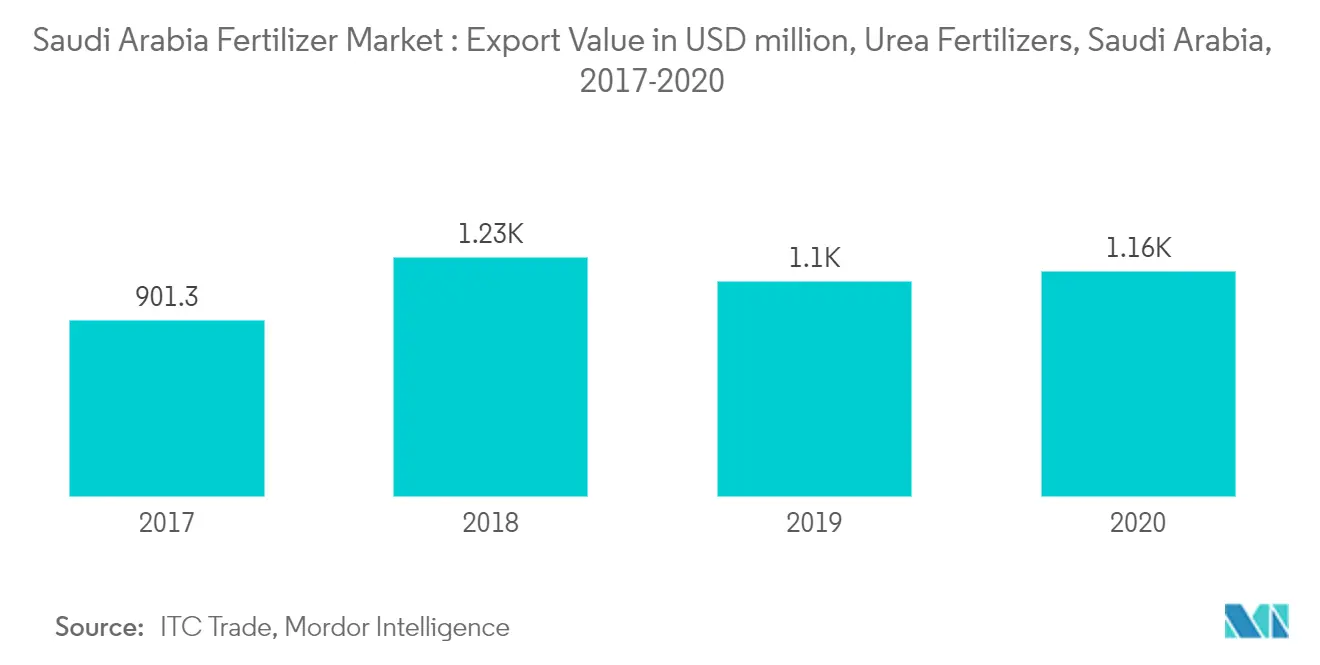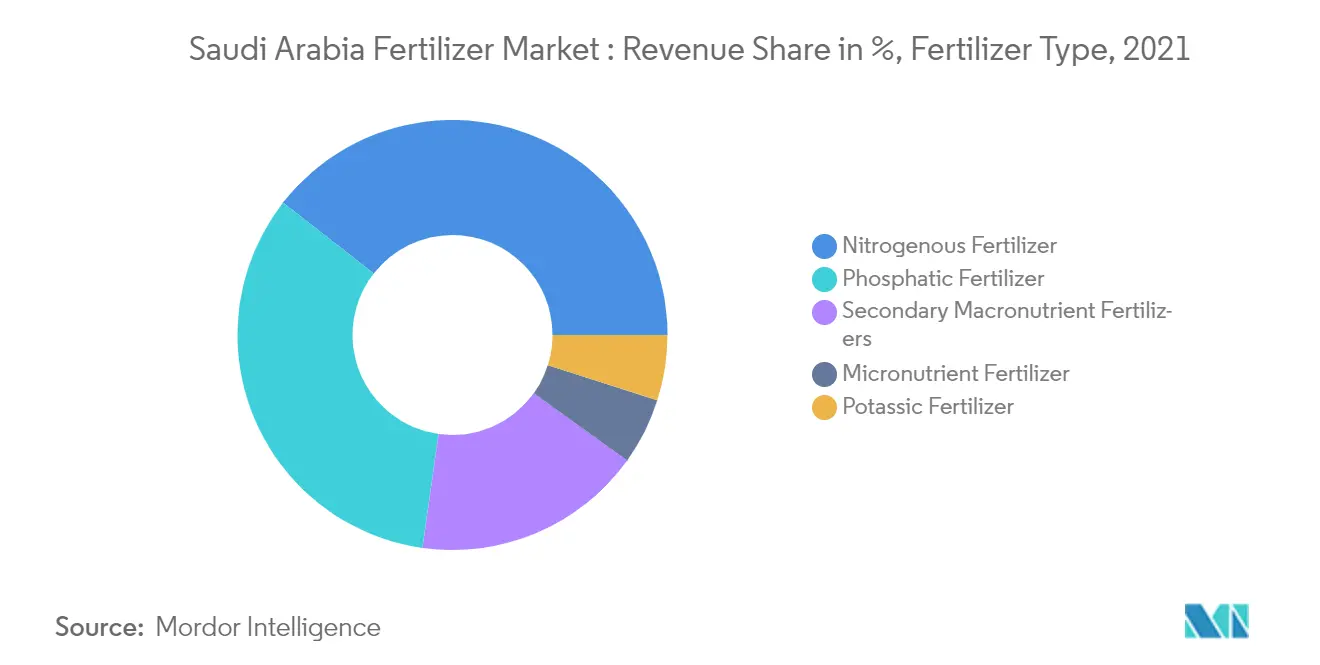Market Trends of Saudi Arabia Fertilizer Industry
This section covers the major market trends shaping the Saudi Arabia Fertilizer Market according to our research experts:
Increasing Export Potential for Fertilizers
Saudi Arabia is the largest ammonia exporter in the GCC region. Exports of ammonia are mainly destined to the Indian market, the rest being diverted to other Asian and African countries. There are various potential sales destinations for Saudi Arabian ammonia producers in the Asia-Pacific, including China, Japan, South Korea, Thailand, and Vietnam. Arabian producers have a competitive advantage in supplying the Asian-Pacific region (especially South and South-East Asia) compared to its other European, African, and South American counterparts.
According to the ITC trade, the export quantity for urea increased during 2017-2020 in Saudi Arabia. The country's urea export was recorded as 3,797.5 thousand metric ton in 2017 and reached 4,428.7 thousand metric ton in 2020. Thailand was the major destination for Saudi Arabia, with a value share of 23.9% in 2020. Other destinations include the United States, Australia, South Africa, and New Zealand.
The availability of natural gas at an attractive price in the country gives an advantage of the low cost of production. The ability of producers to run plants efficiently and reliably makes the construction of export-orientated, integrated urea plants very attractive. This is expected to result in the overall growth of the market.

Nitrogenous Fertilizer Dominates the Product Type Segment
Saudi Arabia accounts for about one-third of the GCC fertilizer export volume of about 7.2 million metric tons, with urea representing 53% and the remaining shared between ammonia and DAP. Saudi Arabia mostly depends on imports for domestic vegetable consumption. To avoid complete reliance on vegetable imports, the Saudi government formulated policies that encourage farmers to grow crops that require low water over crops that consume more water. The yield of vegetables increased from 174,026 hg/ha in 2016 to 176,524 hg/ha in 2018, owing to the improved water conditions.
Increasing the cultivation of vegetable crops (tomatoes) drives the demand for ammonium sulfate as it also helps in the growth of plants by providing nitrogen. The domestic demand for ammonium sulfate is majorly met through imports. SafSulphur company is one of the key companies that offer good quality ammonium sulfate in Saudi Arabia. The import of ammonium sulfate in the country witnessed steady growth during the review period. For instance, as per ITC trade, the import of ammonium sulfate increased from 1,981 metric tons in 2019 to 2,126 metric tons in 2020, indicating possible market growth in the coming years.
Moreover, the government wants the country to be self-sufficient in vegetable production, especially after the food crisis a few years ago. As a result, the demand for nitrogenous fertilizers such as urea is anticipated to increase in the coming years.

